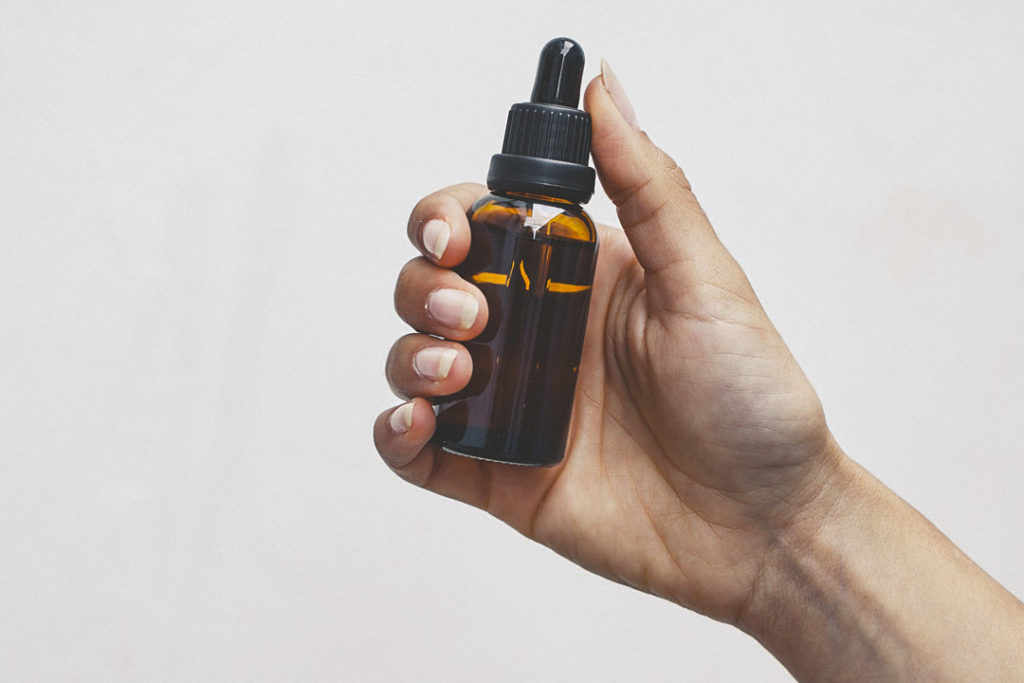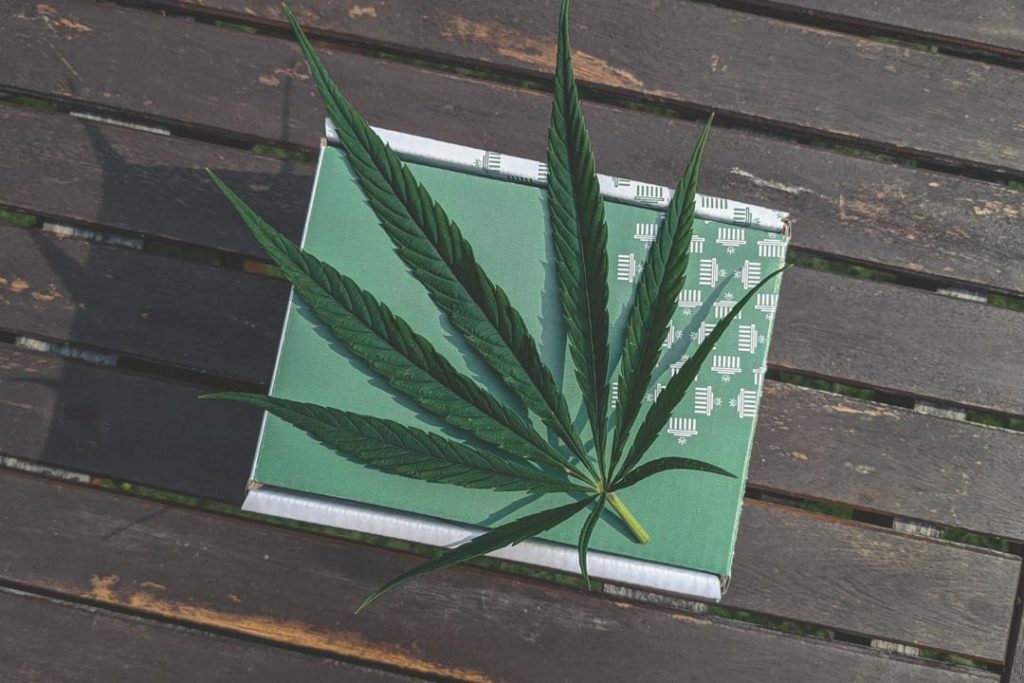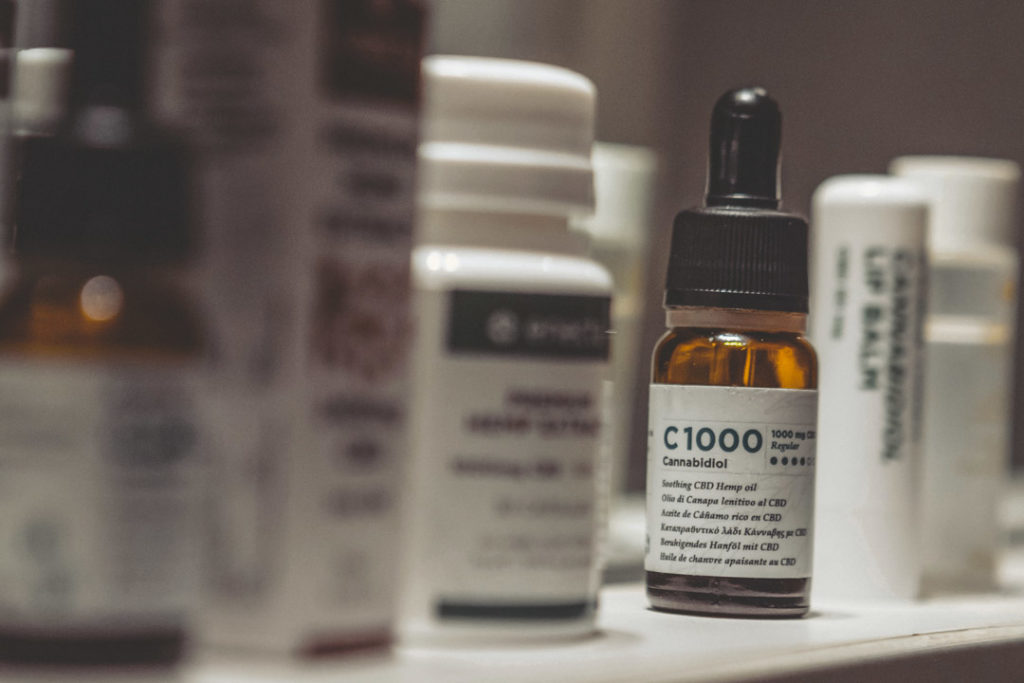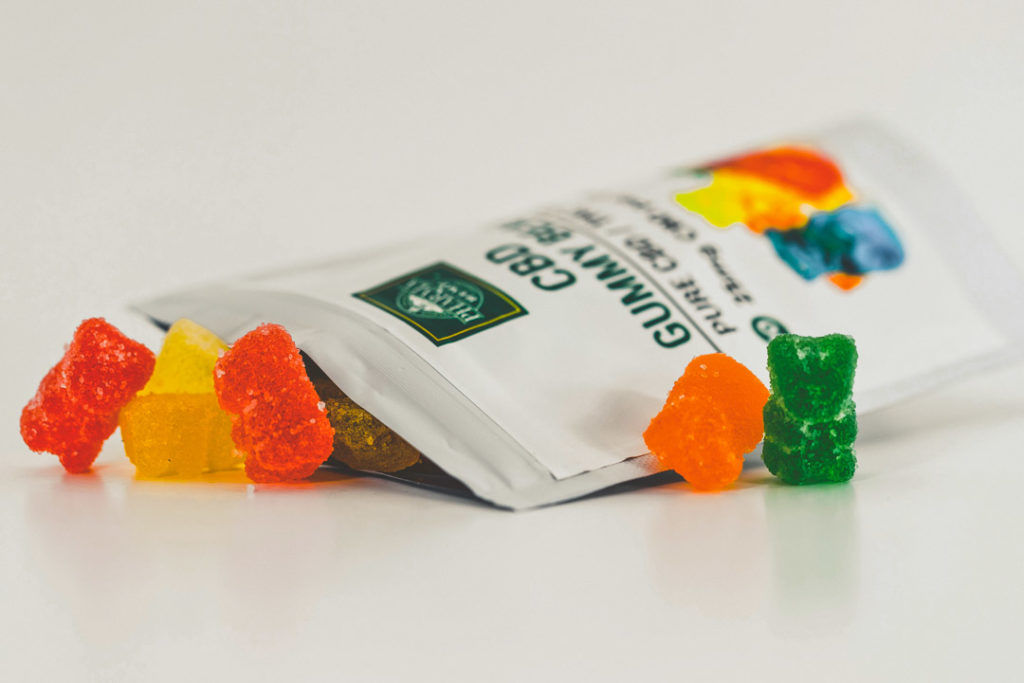If you have even a passing interest in health and nutrition, you will likely have heard of CBD. Over the last few years, the popularity and use of CBD has skyrocketed. As a result of the booming popularity of this supplement, there are now more CBD products and ways of taking CBD than ever before, including vaping. If you decide to vape your CBD, there are some crucial points you should be aware of, which we will explore in-depth in this article.
What Exactly is CBD?
CBD, or to give it its full name, cannabidiol, is one of many compounds that is found in the cannabis plant. Unlike THC (another cannabinoid), CBD doesn’t create the “high” associated with cannabis but instead offers a range of beneficial effects.
CBD is used as a remedy for a wide range of conditions, including anxiety, insomnia, chronic pain, and inflammation. Many studies have indicated CBD’s effectiveness, and millions of people worldwide enjoy its benefits.
CBD is extracted from the cannabis plant in an industrial process. Depending on the local legal status of CBD, it can be sold pure or as a product that also includes a small amount of the other substances present in cannabis.
Once CBD is in its purified form it can be turned into many products, including edibles, topical preparations, and vape juice. Which method of taking CBD works best for you will depend on any number of lifestyle factors.


CBD Oil vs CBD Vape Juice: What’s the difference?
CBD oil, as the name suggests, consists of a suspension of cannabidiol in a liquid, such as coconut or olive oil. CBD oil in this form is normally taken orally.
If you are interested in using CBD-based vaping products, take note – CBD oil is not for vaping! Using an oil in your vape can have serious negative health consequences and should never be attempted.
Make sure you are aware of the difference between CBD oil (sometimes called CBD tincture) and CBD vape juice.
All CBD products should be clearly labeled as to whether they are suitable for ingestion or designed for vaping, but if you are in any doubt about a particular product it is probably best to avoid it entirely.
There are two main methods of vaping CBD – CBD Vape Juice and CBD cartridges.
CBD Vape juice
CBD vape juice is similar to regular vape juice and should consist of a propylene glycol/vegetable glycerine base, CBD, (possibly) flavorings, and nothing else. CBD vape juice is compatible with any vape device that uses regular e-liquid, and the method of vaping it is the same.
With CBD vape juice, simply fill up your tank or load the juice onto your dripper, fire up your device, and vape away as you would with any other e-liquid.
CBD Cartridges
CBD cartridges are prefilled capsules that contain a liquid suspension of CBD vape juice. CBD cartridges generally have a small, slim form factor, and are designed to be used with “pen-style” vapes.
Pen-vapes normally come with a 510 thread. Once you are finished with your CBD capsule you simply unscrew it from your battery, dispose of it in the trash and then load up another.
If you like to use pod-style vapes, such as the ever-popular JUUL, you are in luck! You can now buy CBD pods designed specifically for use with these devices – Great if you want to experience the benefits of CBD without investing in a stack of new equipment!


How Much CBD Should I Vape?
As with many supplements and beneficial compounds, there really is no definitive answer to the question of how much CBD you should take. Many factors can influence the effective dose of CBD. Your age, metabolism, unique neurochemistry, and what particular problem you are hoping to treat can all influence how much CBD you need. It is impossible to give an exact dosage that will work for everyone, so some self-experimentation may be in order.
Fortunately, most CBD products, including vape juice, come with clear labeling in regards to how much of the active substance is present. As with any supplement, it is best to start low and work your way up. CBD can be expensive, so it pays to work out your minimum effective dose (MED) and only increase it as necessary.
A good way to determine what dosage of CBD is right for you is to start right at the bottom with a dose of around 2-5mg. After taking your CBD, wait at least a few hours before redosing, increasing the amount by another 2-5mg each time. Some of the effects of CBD can be very subtle, so it’s important to keep a close eye on how you feel after each dose. Some people find that keeping a journal of their symptoms can be a great help for dialing in the right quantity.
Once you notice a difference in your symptoms and you feel like you are experiencing the therapeutic effects of CBD, stick with the dosage that brought on that effect. There is very little benefit to dosing CBD beyond the point where you feel a benefit, as you will quickly hit a point of diminishing returns.
For a rough guide, many people find that a daily intake of between 10 and 30mg works well at aiding a large number of conditions. However, in particularly serious or bothersome conditions, doses as high as 200-1000mg per day have been recorded as effectual.
Does CBD Have Any Side Effects?
In contrast to the majority of drugs that are used to treat the same conditions, research has found that CBD has a much lower degree of both the incidence and severity of side effects. Although this lower rate of side effects is supported by many years of anecdotal reports, CBD is still in its infancy, and the clinical findings are constantly evolving.
Among the side effects reported by CBD users, by far the most common is a feeling of mild tiredness or drowsiness. Generally, this sluggishness tends to occur at higher doses and in first-time users and often fades with repeated exposure.
As stated earlier, every individual is unique, and though the side effects of CBD are rare and tend to be mild, your results may vary. Keep a close eye on any changes you experience and if you have any concerns, speak to your doctor.


Does CBD Get You High?
Worldwide, cannabis is chiefly consumed for the pleasurable psychoactive “high” that it produces. As CBD is derived from cannabis, it is a natural question to ask if CBD can get you high in the same way as consuming the plant itself.
Unlike THC, the other major cannabinoid found in cannabis, CBD itself does not produce a high. However, the situation is a little more complex than that.
When considering the question of whether or not CBD extracts get you high, you should know that two forms of cannabis can be used in the production of CBD: Industrial hemp, which contains little to no THC, and regular cannabis, which can and does contain THC.
Even CBD extracts produced from industrial hemp can still contain trace amounts (less than 0.3%) of THC. If you are concerned about potential drug testing issues etc, there are some completely THC-free extracts available on the market.
The Legal Status of CBD
As with many substances, the legal status of CBD and the particulars regarding its production, retail, and use differ to a large degree from country to country.
It is outside the scope of this article to provide an in-depth look at the global legal status of CBD. Generally speaking, even in countries where cannabis and THC are criminalized, CBD remains legal, but this isn’t always the case! Even in places where CBD is legal, the specific laws and regulations regarding who can produce and sell CBD, and how they are allowed to do so, differs wildly from country to country. Within Europe alone there is a huge disparity in the interpretation of the regulations regarding CBD and the overall tolerance towards cannabis products.
To be on the safe side and ensure that you do not fall foul of the law, make sure you research your local regulations regarding CBD before you purchase or use any product that contains this substance.


Is it Possible to Overdose on CBD?
Fortunately, no. There has never been a verifiable case of a human fatality caused by overdosing on cannabis or any extracts of the same.
A study conducted in the 1980s using monkeys determined that the LD50 (the dose at which 50% of test subjects died) was 212mg / kg of bodyweight. This is a very low toxicity, and a human would have to consume hundreds or even thousands of times the normal dose to reach these levels of CBD concentration in the body. Consuming an amount of CBD that could cause harm seems all but impossible for humans.


Not All CBD Products are Created Equal
Unfortunately, as CBD tends to be unregulated by bodies such as the FDA or the FSA, many cheap “knock-offs” exist. Some of these less-than-reputable CBD products contain little to no of the purported active ingredient. Research has discovered that not only do some products contain far less than the advertised amount of CBD, but occasionally even dangerous pollutants or adulterants have been found. Not good!
It is difficult to completely eliminate the risks that come with taking supplements, but there are steps you can take to reduce them as much as possible.
When shopping for CBD, the best way to ensure you get a quality product is to only buy from established, reputable companies that have a history of positive reviews. The best brands always test their products using trustworthy and reliable third-party laboratories, and then make these results available to the public.
Third-Party Testing – Why it Matters
As outlined in the section above, the supplements market is, unfortunately, a bit of a wild frontier. There is nowhere near the level of stringency and regulation that exists in either the food or drug industries, and unscrupulous vendors sometimes exploit this laxity for their own ends.
Most worryingly, tests conducted on a particular brand of CBD product in the USA showed the presence of a dangerous synthetic cannabinoid that has lead to numerous hospitalizations and has some rather nasty side effects. It’s unclear how many other brands might be at risk of contamination, but this case illustrates the importance of vigilance.
The only way to be 100% sure of what is in your product would be to test each batch yourself. However, as this is impossible for 99.99% of the population, a close second would be to only buy CBD products that have been independently tested and verified by third-party labs.
Laboratory testing can confirm not only the CBD content but also the amount of THC and other terpenes. Perhaps more importantly, third party testing can also show if there are any harmful adulterants in a product, as well as leftover chemicals from the extraction process and other forms of impurities.
The best practice is to ensure that the lab reports on your CBD products are from within the last year and come from a laboratory that has a history of reliability.
As a general rule, if a company doesn’t display its test results loudly and proudly, it’s probably safe to assume that they have something to hide. Premium CBD products might hit your wallet a little harder, but a few extra dollars is a small price to pay to ensure you aren’t introducing any harmful substances into your body.


Are There Other Ways to use CBD?
The majority of people find that vaping is one of the best ways to use CBD. As well as being convenient, vaping also has the highest bioavailability of any form of CBD consumption, meaning your body can absorb a larger percentage of the CBD that you ingest.
Although vaping is a great way of taking CBD, some situations (such as traveling via public transport) may not allow for it. Alternatively, some people find a more sustained method of delivery to be preferable.
Luckily, there is an abundance of different ways to take CBD. Some of the most popular of these are topical creams and patches (where the CBD is absorbed directly through your skin), CBD consumables such as gummies and drinks, and CBD capsules and tinctures for oral consumption.
If you prefer to consume your cannabis products the traditional way (i.e. by smoking or vaporizing the whole flower) recent advances in breeding technology have even created “CBD flower”. CBD flower is cannabis that has been specifically bred to have very low levels of THC and high levels of CBD and it can be smoked or vaporized exactly as you would with “normal” cannabis.
Closing Thoughts
CBD is generally regarded as a highly safe form of supplement. A growing body of research suggests that it is effective in treating and managing the symptoms of numerous conditions, most notably anxiety, insomnia, and chronic pain. If you do decide to vape CBD, make sure you only use products that have been specifically formulated for use in e-cigarettes, and only ever buy products from reputable brands that have been independently lab tested.
As with any supplement, it’s better to start small and slowly increase your dose when using CBD. Not only will gradually increasing your dose limit the likelihood of experiencing negative side effects, but it can also help you keep the costs associated with using CBD as low as possible.
Follow the above guidelines and you’ll be puffing your way to a happier self in no time!
